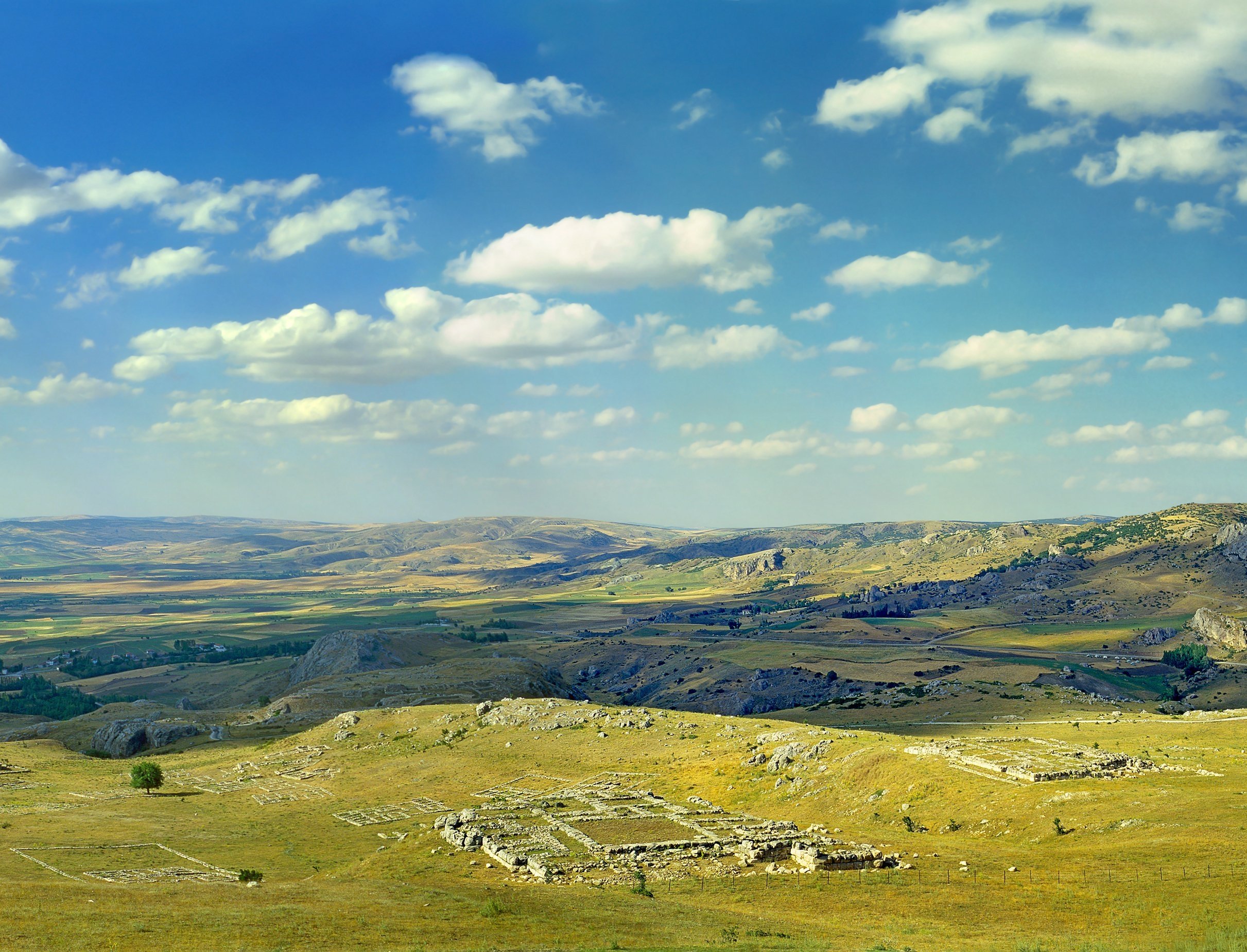To je obrázek, jak z WinXP. 
Jinak nechápu, jak se starý železo může vůbec tak dlouho zachovat v tak pěkném stavu. V nějakém bahně za nepřístupu kyslíku dejme tomu, ale v suché půdě která je čas od času mokrá, to mě hlava nebere.
Over 2200 years old saw and clay tablet in an unknown language
Categories: Nálezy nejenom s detektorem na blízkém východě
During excavations of the ancient Hittite capital of Hattusa (Chattoush) in today's central Çorum province of Turkey, a rare sawmill from the 3rd century was discovered. century BC. It is one of the few known ancient iron saws and the first ever from this period in Anatolia.
The saw was discovered on the north-western slope of a large area of the ancient city. Only its iron blade has been preserved. Mounting holes on both sides suggest that it had a semicircular handle, probably made of wood. The rectangular saw blade, 20 cm long, bears teeth on the edge which show considerable signs of wear.
Excavation leader Professor Andreas Schachner of the German Archaeological Institute said the body of the ancient iron saw was thicker than modern saws but otherwise very similar to those of today: "This shows us that people did not simply modify (proven) working tools," he said, adding that the discovery is rare and, moreover, the first of its kind in Anatolia from the 3rd century. It is the first of its kind in Anatolia in the first century BC.
"This saw was found in a building from the Galatian period. The use of the building corresponds to a time approximately 2,250 years ago. The discovery of a sawmill from this period is a very interesting thing. We have done research and there are not many similar examples - we have only been able to identify a few saws from the later Roman period. A saw from the 3rd century BC has never been seen before; at least in Anatolia," said Professor Schachner.
Hattusha was the ancient capital of the Hittite Empire, the leading power in the Middle East during the Late Bronze Age (approximately between 1 600 and 1 180 BC). The city was first explored in 1906 and research continues intermittently to this day. The site has been a UNESCO World Heritage Site since 1986. Recent excavations at Hattushe in the Boğazkale district have uncovered countless ancient artifacts, including a mysterious clay tablet with inscriptions in a mysterious language.
A century of excavations at Hattusa have uncovered nearly 30,000 clay tablets with cuneiform writing that offer valuable insights into the history, society, economy and religious traditions of a once-mighty empire. According to Professor Schwemer, the Hittites were exceptionally interested in recording rituals in foreign languages. The ritual texts reflect various Anatolian, Syriac and Mesopotamian traditions and linguistic contexts.
"The recently discovered text remains largely unintelligible. It is believed to belong to the Anatolian-Indo-European language family, but shares more linguistic features with the Luwitina than Palaichi, despite its geographical proximity," says Professor Elisabeth Rieken, a specialist in ancient Anatolian languages. "Further research is needed to determine its relationship with other Luwian dialects in Late Bronze Age Anatolia, Rieken added.
Today, Hattusa functions as an open-air museum of the city, which is remarkable for its urban planning and the variations of its surviving buildings (temples, kingsHattusa, the elaborate decoration of the Lion's Gate and the Royal Gate or the rock art ensemble at Yazilikaya and many other monuments.
Roman Nemec
Sources: dailysabah.com, thehistoryblog.com, arkeonews.net

Hattusa

Hattusa excavations

Lion's Gate

2250 year old sawmill

tablet with cuneiform writing - illustration
The article is included in categories:
- Archive of articles > Archaeology > Finds and rescue research abroad > Nálezy nejenom s detektorem na blízkém východě
Post
pokud jsou podmínky stálé, pak tam vydrží kde co. Mě třeba fascinují ty mezolitické košíky z trávy: www.lovecpokladu.cz/home/studie-odhalila-nejstarsi-pletene-kosiky-a-sandaly-evropy-9571
Studie odhalila nejstarší pletené košíky a sandály Evropy | LovecPokladu.cz
V hluboké jeskyni na jihozápadě Španělska byly před více než sto lety objeveny mezolitické košíky utkané z trávy. Díky stabilním podmínkám jeskyně se košíky dochovaly v původním stavu, prakticky vypadají, jako by je vyrobili teprve včera. Nyní bylo zjištěno, že jsou staré 9 500 let; staly se tak nejstaršími dochovanými košíky v Evropě.
Jo, to je ještě o level záhadnější.






